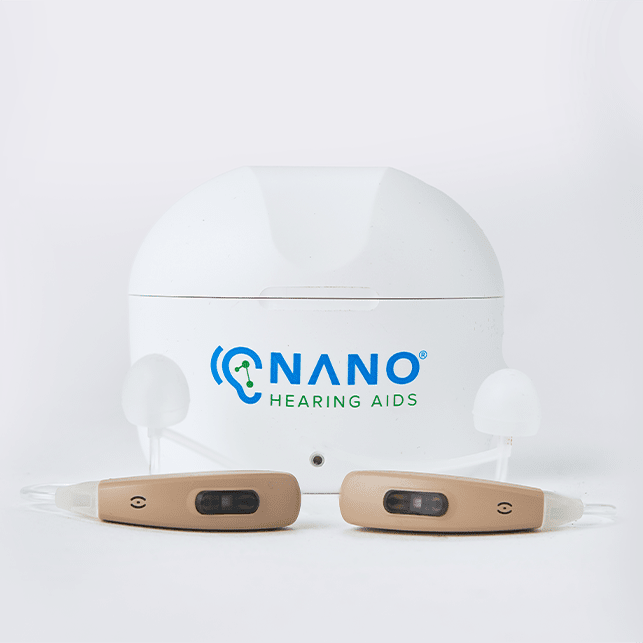Complete Guide to Invisible Hearing Aids for Tinnitus
While you may not be able to live with tinnitus, there is a way to help to minimise its impact on your day-to-day activities. You can improve the quality of your hearing, and use the time that tinnitus prevents you from hearing, to do more productive things. Invisible hearing aids can help with both.






